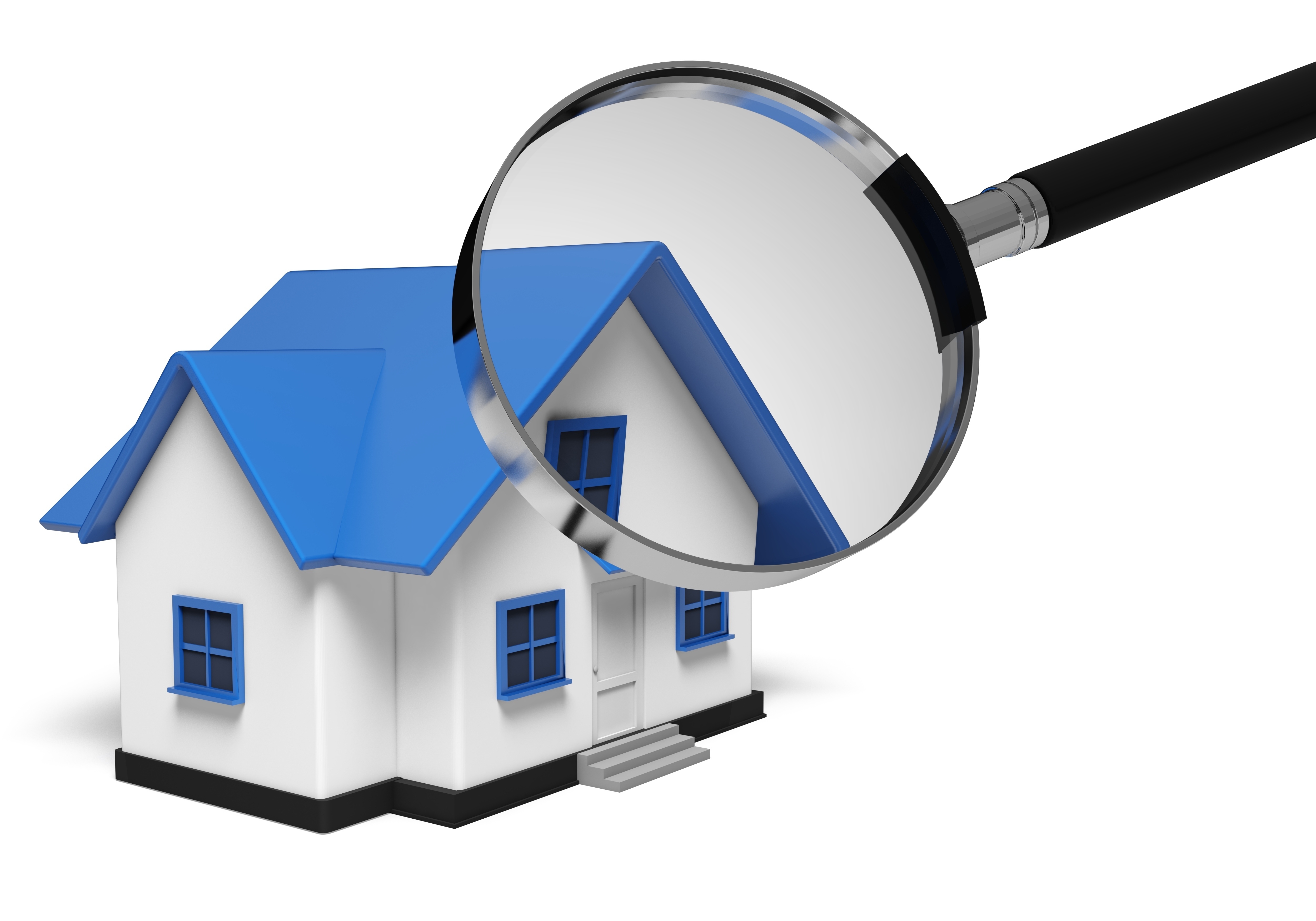
A Description of the Appraisal ProcessAcquiring real estate is the most important transaction most people might ever encounter. Whether it's a primary residence, a second vacation property or one of many rentals, the purchase of real property is an involved financial transaction that requires multiple people working in concert to see it through. You're probably familiar with the parties taking part in the transaction. The most known person in the transaction is the real estate agent. Next, the mortgage company provides the financial capital necessary to bankroll the deal. And ensuring all requirements of the exchange are completed and that the title is clear to transfer to the buyer from the seller is the title company. So, what party makes sure the property is worth the purchase price? In comes the appraiser. We provide an unbiased estimate of what a buyer might expect to pay — or a seller receive — for a parcel of real estate, where both buyer and seller are informed parties. A licensed, certified, professional appraiser from K&C Appraisals will ensure, you as an interested party, are informed. Appraisals begin with the property inspectionOur first duty at K&C Appraisals is to inspect the property to determine its true status. We must see aspects of the property first hand, such as the number of bedrooms and bathrooms, the location, and so on, to ensure they indeed are there and are in the condition a typical buyer would expect them to be. To make sure the stated size of the property has not been misrepresented and document the layout of the home, the inspection often entails creating a sketch of the floorplan. Most importantly, we look for any obvious features - or defects - that would affect the value of the house. Next, after the inspection, we use two or three approaches to determining the value of the property: a paired sales analysis, a replacement cost calculation, and an income approach when rental properties are prevalent. 
Cost ApproachThis is where the appraiser pulls information on local construction costs, the cost of labor and other elements to ascertain how much it would cost to build a property similar to the one being appraised. This value usually sets the maximum on what a property would sell for. The cost approach is also the least used method. 
Sales ComparisonAppraisers get to know the neighborhoods in which they work. They innately understand the value of particular features to the residents of that area. Then, the appraiser looks up recent sales in close proximity to the subject and finds properties which are 'comparable' to the subject being appraised. Using knowledge of the value of certain items such as fireplaces, room layout, appliance upgrades, additional bathrooms or bedrooms, or quality of construction, we add or subtract from each comparable's sales price so that they more accurately portray the features of subject property.
In the end, the appraiser reconciles the adjusted sales prices of all the comps and then derives an opinion of what the subject could sell for. At K&C Appraisals, we are experts in knowing the worth of real estate features in Coleraine and Itasca County neighborhoods. This approach to value is usually awarded the most consideration when an appraisal is for a real estate exchange. Valuation Using the Income ApproachIn the case of income producing properties - rental houses for example - the appraiser may use a third approach to value. In this situation, the amount of income the real estate yields is factored in with other rents in the area for comparable properties to derive the current value. The Bottom LineCombining information from all approaches, the appraiser is then ready to state an estimated market value for the property at hand. It is important to note that while this amount is probably the most reliable indication of what a house is worth, it probably will not be the final sales price. There are always mitigating factors such as the seller's desire to get out of the property, urgency or 'bidding wars' that may adjust an offer or listing price up or down. Regardless, the appraised value is typically used as a guideline for lenders who don't want to loan a buyer more money than the property is actually worth. At the end of the day, an appraiser from K&C Appraisals will help you attain the most fair and balanced property value, so you can make profitable real estate decisions. |